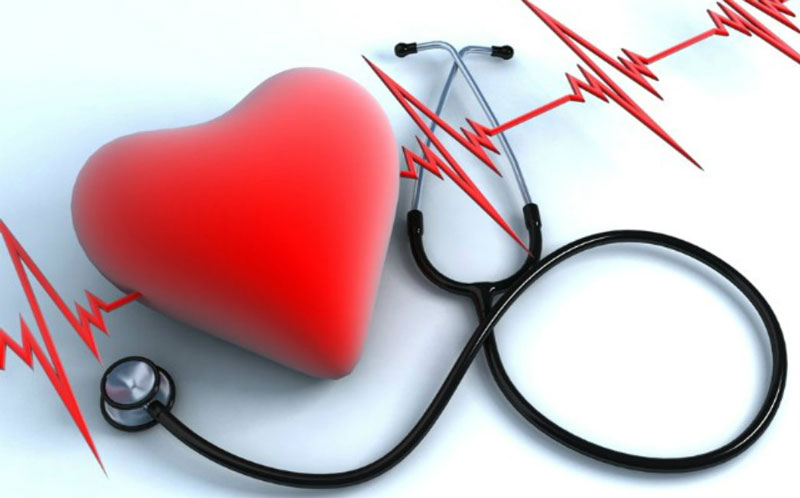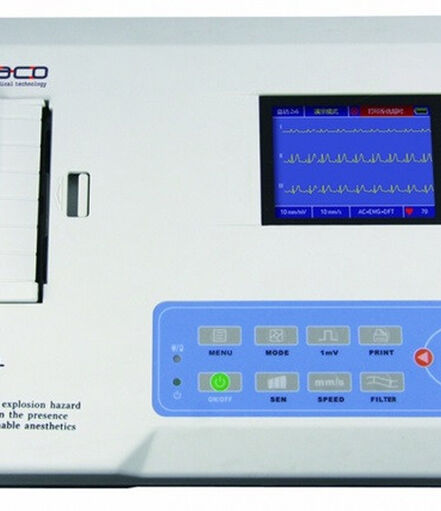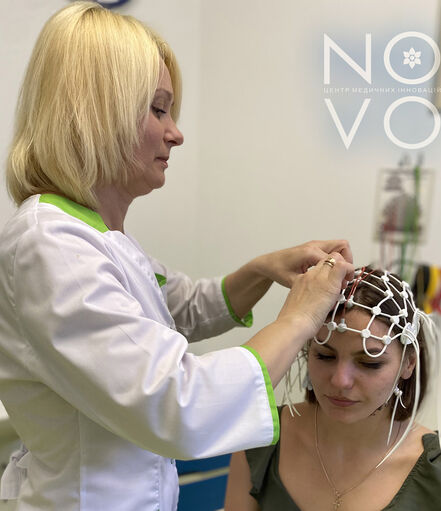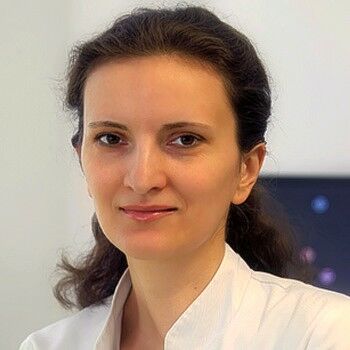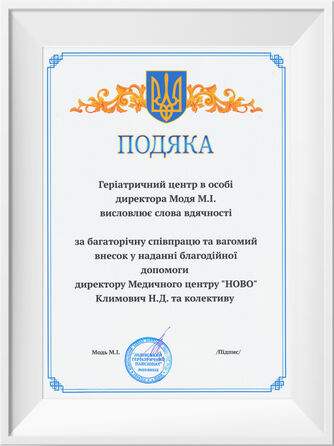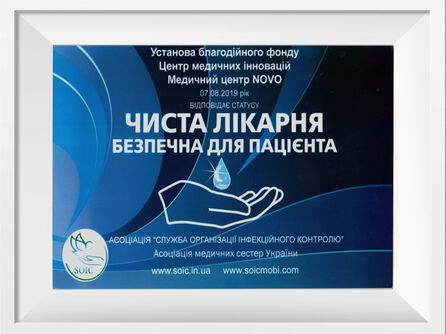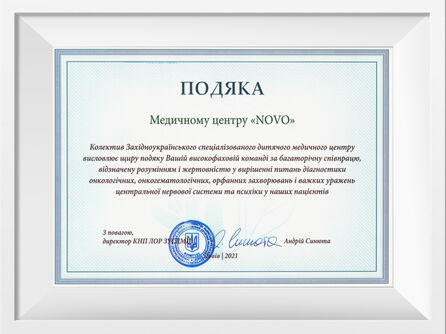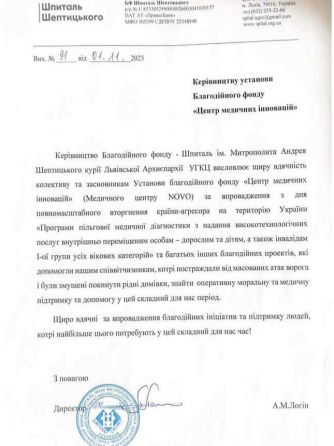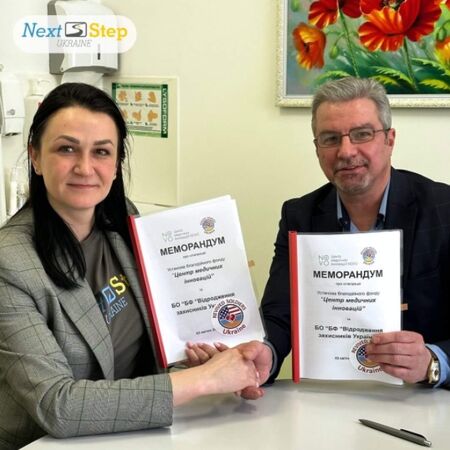When coronary calcium indexing is prescribed
The purpose of the study – detect atherosclerosis of coronary vessels, determine its severity and use the obtained data to predict the course of the disease. Ischemic heart disease (CHD) is characterized by damage to the coronary arteries with impaired blood supply to the myocardium.
Since this cardiovascular disease is most often the cause of heart attacks, the diagnostic method is extremely important.
The examination is prescribed cardiologist to patients with suspected coronary heart disease, even in cases where there are no obvious clinical symptoms.
Coronary calcium screening in Lviv can be used as a diagnostic test in outpatient settings:
- persons over 45 years old;
- patients with atypical chest pains;
- patients with suspected heart diseases.
The examination will also be relevant in the presence of the following risk factors:
- increased cholesterol level;
- smoking;
- obesity;
- hypodynamia;
- diabetes;
- high blood pressure;
- presence of heart diseases in close relatives.
In many European countries, indexing of coronary calcium is a mandatory examination for all men and women after the age of 45. A high calcium index may not be accompanied by any alarming symptoms of heart disease or health complaints, so it is useful to undergo an examination for prevention.
HOW IS CORONARY CALCIUM INDEXING DONE IN NOVO
Multispiral computed tomography (MSCT) is used to detect the presence of calcium in blood vessels – examination of heart arteries using a multispiral 160-slice Toshiba Aquilion Prime computer tomograph. This method has many advantages compared to other methods:
- speed – the entire procedure takes no more than 7 minutes;
- non-invasiveness – the examination does not involve violation of the integrity of the skin;
- accuracy – modern equipment makes it possible to determine the level of calcium in blood vessels as accurately as possible.
Coronary calcium indexing in Lviv in the "Novo" center is a completely painless procedure. No action is required from the patient. He lies down on the table, which gradually moves into a special tunnel. At this time, the tomographer takes X-ray images of the heart area. In the apparatus, the X-ray tube rotates freely around the patient's body – this allows you to get the shots you need at different levels. Further, on computer equipment, these pictures are combined into a single picture, which determines the state of the coronary vessels.
Remember: timely diagnosis – the key to avoiding serious consequences of diseases, therefore, in the presence of risk factors, do not delay in contacting specialists.
